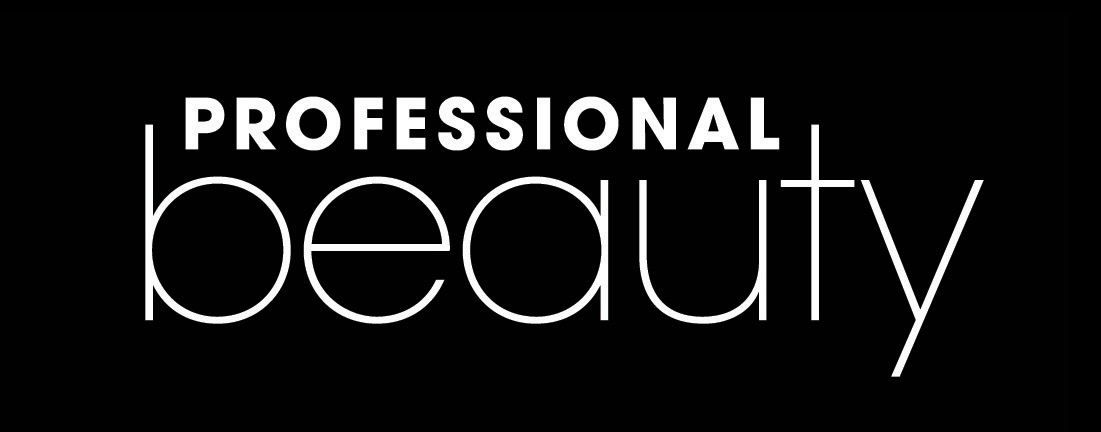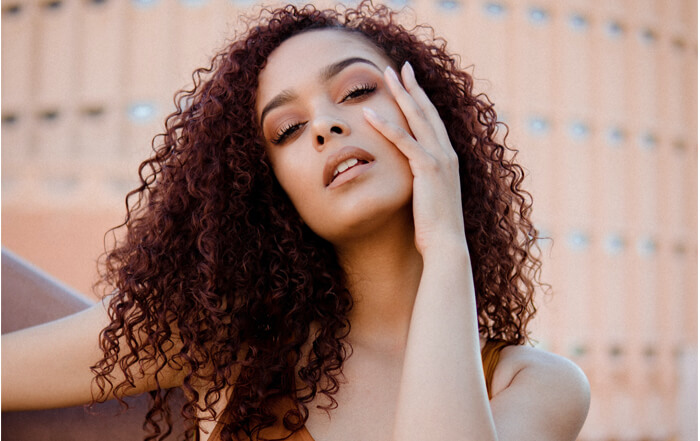What are red flags for damaged hair? Know the signs and find the solutions.
If you’ve reached a point in your hair’s life where it’s starting to look really damaged, you might be wondering what are some things you can do to minimise the damage. This article gives insight into the red flags for damaged hair and the solutions for minimising them.
Whether your hair is fine, thick, straight or curly – it cannot be healthy without proper nourishment and care. One of the more common causes of unhealthy hair can be damage due to how often you comb your locks. Frequent use can cause split ends and breakage. The article features various telltale signs of damaged hair that both professional hairdressers and consumers should keep an eye out for in order to prevent further problems from happening.
Red flags for damaged hair
If you find any red flag, you should consider consulting a professional to determine the cause and/or get medical advice. The most common examples are if a person has blue lines on their hair, sees two or more clumps of locks fall off their head, evaluates and ruptures split shafts or lice, or has same-coloured and rust-coloured knots that resemble goosebumps at the nape of the neck.
As Natasha Naegamvala, Director – Nalini of Nalini and Yasmin Salon explains that breakage is a broad term. She feels hair breaks more easily because it has been over-processed, and it can also be damaged by a variety of factors, such as excessive heat, and even hot water. It can also be caused by heated tools, chemicals; consequently, damaged hair snaps more easily.
When the hair becomes weak, the pigments will not last as long, so the hair colour will not last as long as it could. Weak hair won’t hold colour.
Frizz is another sign of damaged hair, again this very wide, natural hair may also be frizzy, but it’s frizzier than usual, that’s a sure sign that some damage has occurred.
“In saying damage, I do not mean irreparable hair – this is manageable, reversible damage to some extent. We are not talking about burnt hair damage. In case the hair is very damaged or processed, then you should bring back the health from the inside, not do this quick fix – this should be done slowly! Filling gaps with Cysteine or keratin treatment is a good step towards this,” she says.
Solutions for damaged hair
A red flag for damaged hair could be anything from dryness to breakage. When the hair is dry, it’s more likely to break or crack. Get into the habit of conditioner and make sure you properly moisturise your hair to prevent future problems.
The first line of defence for damaged hair is maintaining good condition with regular treatments and healthy lifestyle choices, such as supplementing your diet with nutrients and vitamins like biotin, B6, and antioxidants. Buying salon-quality shampoo, conditioner, and other cosmetic products will help you revitalise your hair without any risk. Another solution to damaged hair is trying out new hairstyles that are unique from one day to the next. Once in a while pick up a bold colour or do some creative designs with hair extensions.
When it comes to hair, we often take for granted that we can’t change the way it looks with products. This disheartens people. But don’t let your hair despair, as there are many different treatments available to either slow or stop the process of your appearance changing into misfortune’s hallowed ground.
Hair recovery
Damage to the hair can be a very unpleasant, unplanned event that can leave you feeling frustrated and scared. One way to protect your hair, which will effectively keep the pesky damage at bay, is by using the right products and techniques.
Keep in mind a few things during damage events:
1 Avoid heated blow dryers and hot tools when possible
2 Allow your hair to completely cool water without scrubbing or rubbing
3 If a product has as many sulphates or sodium chloride added as it ever has been and is still damaging your hair, consider discontinuing use.
Natasha suggests the following:
● Oils are very good for damaged hair, but only if they are applied in the right portion. You can apply a mix of oils to give protein to the hair. Put a few drops of these oils (choose from a mix of argan, almond, olive, coconut, etc.) on your hair, protein is excellent, can be in the form of hair spas, hydration or moisture.
● Whether it is the result of heat or the environment, restoring moisture and protein will really help. Do not go beyond 180 degrees when using tongs or straighteners.
● Use just a drop or mix a variety of oils together in a spray bottle. It doesn’t have to be a champi, just take a drop and emulsify into your palms working with the cuticles.
● Be careful not to agitate the cuticles when applying oil!
● Using a microfibre towel, gently brush hair while it is still wet.


